Patricia Hitchcock O’Connel
The daughter of Alfred Hitchcock recently spoke about the restoration of Vertigo and about her father to HBO Entertainment News in New York:
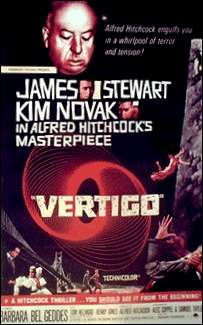
It was adapted from a French story called “From Amongst the Dead,” and I’ve heard recently that the French authors wrote it hoping my father would make it as a picture.
He made his pictures for the audience. He didn’t make them for the critics. And yes, he was upset if critics didn’t like the picture. But his main reason for making the picture was for the audience. He was making it for you.
We’re always asked the same old question – why did he say actors are cattle? He said, “I didn’t say actors are cattle, I said actors should be treated as cattle”! This thing about, is he really sadistic on the set? His sets were wonderful. Because he’d already made that movie. He knew what that movie was going to look like. He took a finished script, then drew every shot. So that when he stepped on that set, he knew exactly what that was going to look like. He never looked through a camera.
Kim Novak
The star of Vertigo also spoke to HBO Entertainment News at the New York premiere of retored film in early October:
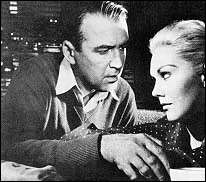
It was not highly successful. In fact, [when] I did it, I was under contract [to Columbia] and they loaned me out, and Harry Cohn called me into the office and said, “Well, this is a lousy script, but it’s with Alfred Hitchcock, and he’s a master, so why not? I’ll let you do this movie.” And I read the script, I loved it, because I really identified with the characters and saw so much in it.
I feel that it showed more of me than anything. I feel I was also allowed the most freedom I’ve ever had, by Alfred Hitchcock, who supposedly treats actors like cattle. It was a great experience to have someone who really knew about the technical part, and allow me the freedom to bring something to it. So I feel I was allowed to do my best work in some way.
I was a new actor, I didn’t have a lot of experience, so for me it was so great to be able to have someone give me the technical points that he wanted, so that I was free not to worry about that, all I had to do was be Madeleine and Judy, and that wasn’t complicated for me, because being more than one person feels absolutely normal to me! (laughs)
James Katz and Robert Harris
The team that restored Vertigo, James Katz and Robert Harris, spoke with me in Los Angeles.
We know for example that Benny Herrmann didn’t want sound effects over his music. He went crazy if you put effects over them. We did a test back in April just to see how it would sound, and we put new wave effects as they’re driving towards the bridge, and we said “Nah, he wouldn’t be happy!” Then we screened it for Marty Scorsese at the Ziegfeld [in New York] in June, and he said, “No. I worked with him on Taxi Driver, you better take down those wave effects!”
You’re probably aware that Vertigo was the 1958 musician’s guild strike picture. Bernard Herrmann didn’t conduct himself. It couldn’t be done in Hollywood, so it was taken to London with Muir Mathieson conducting, and they did about a day and a half there, then the London orchestra went out in sympathy with the Los Angeles musicians. And the entire unit had to move to Vienna. It was done in three-track stereo in London – incredible sound – and monoural in Vienna. And each of the magnetic oxide, the mag prints, rotted differently. And we lost one scene from Vienna, which is the cemetary sequence where Jimmy is following Kim through the Mission Dolores. We finally found that [music] on a Spanish language print from an optical track.
The sound department here at Universal made it sound great, and we’re able to spread it and make it sound rich and full. I don’t think you’d ever know it came off an old optical print.
We mixed the picture at the Hitchcock theater [at Universal] and ghosts abound. It’s like having these people there, and we’re not going to mess with them. We have a moral responsibility to them, to make the picture bigger and better than it was, without changing the intent of the picture.
[Note: the dress had been rented as a film costume for over 30 years after Vertigo, as recently as The Brady Bunch Movie!]
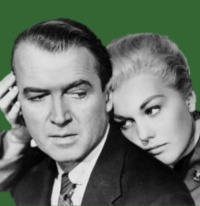

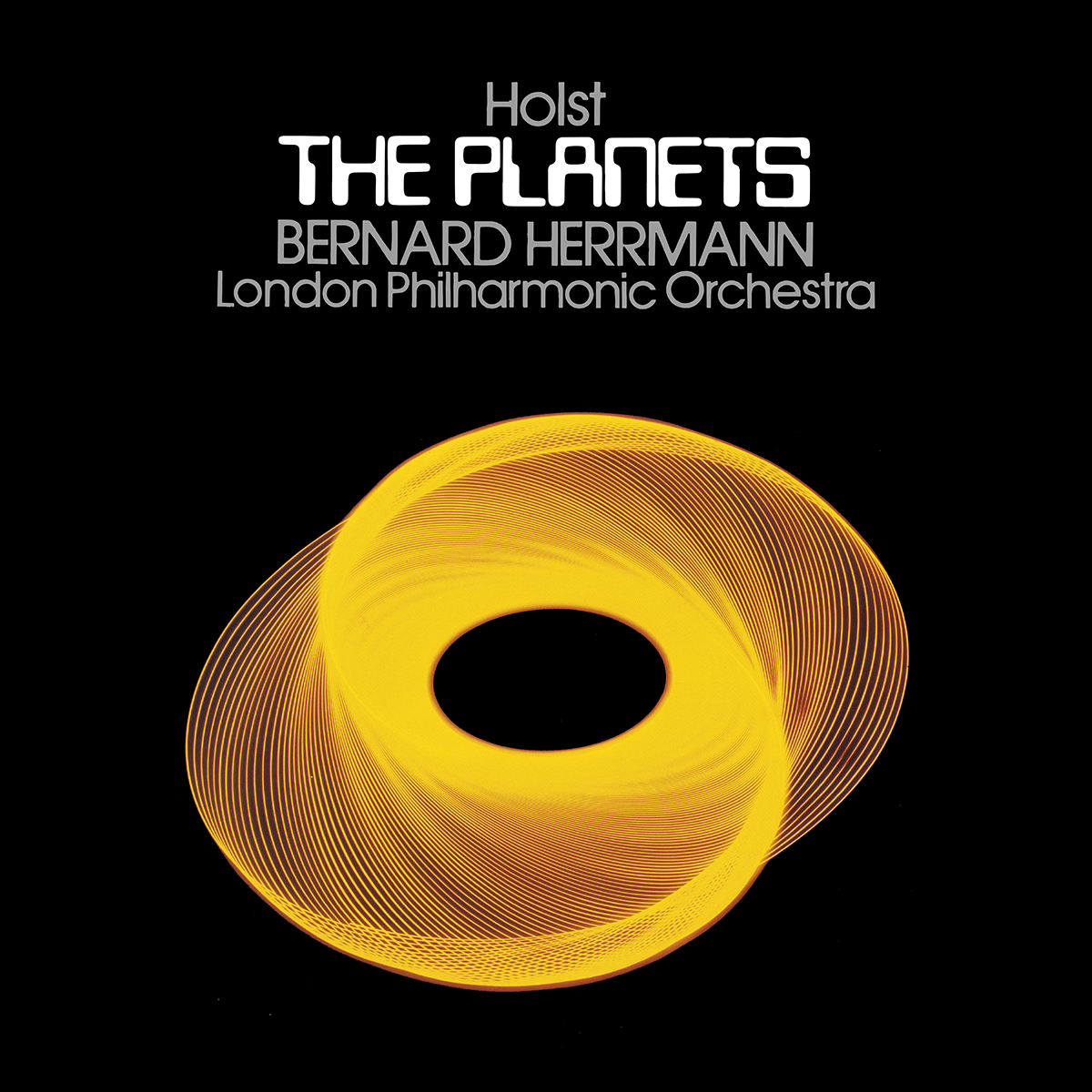
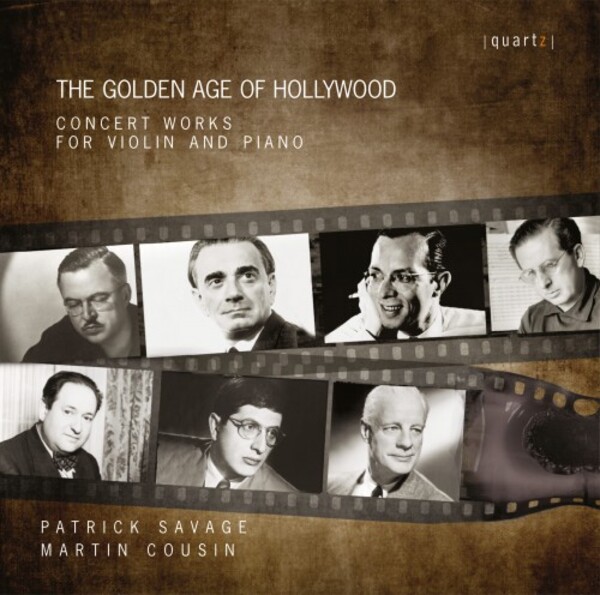
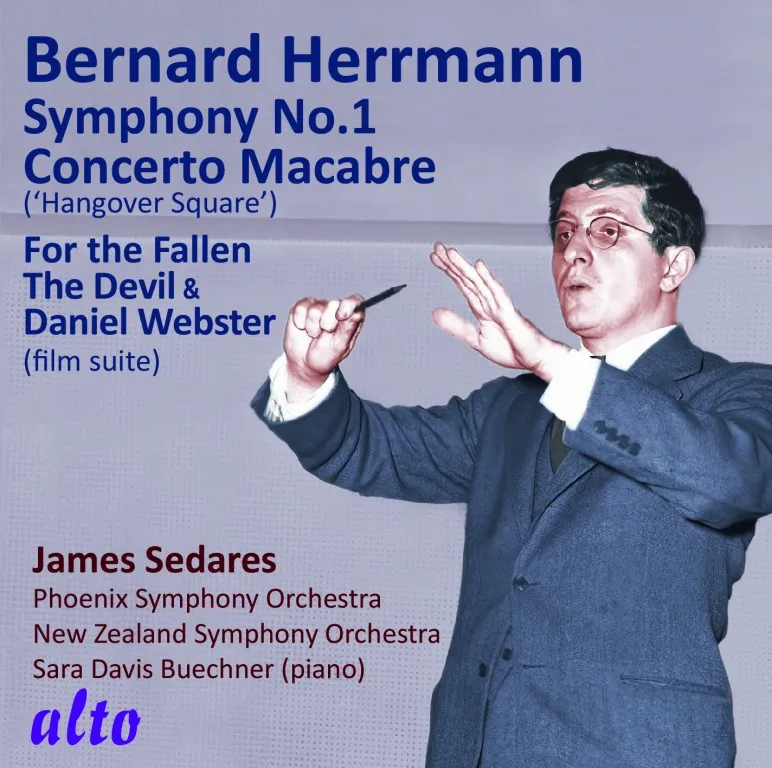
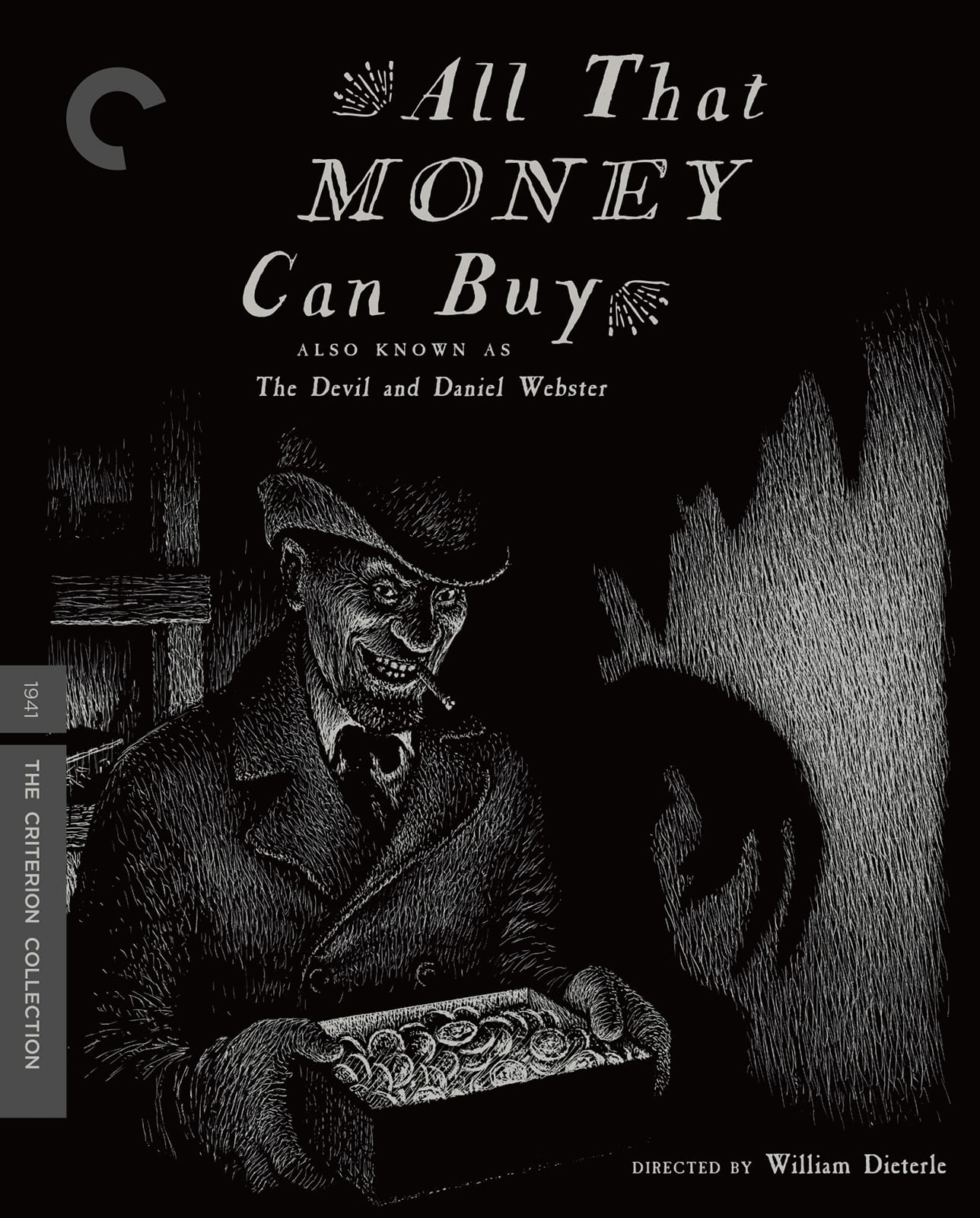
![The Man Who Knew Too Much – 4K restoration / Blu-ray [A]](http://www.bernardherrmann.org/wp-content/uploads/2023/11/TMWKTM-4K.jpeg)
![The Bride Wore Black / Blu-ray [B]](http://www.bernardherrmann.org/wp-content/uploads/2023/07/BrideWoreBlack.jpeg)
![Alfred Hitchcock Classics Collection / Blu-ray [A,B]](http://www.bernardherrmann.org/wp-content/uploads/2020/07/AHClassics1.jpg)
![Endless Night (US Blu-ray) / Blu-ray [A]](http://www.bernardherrmann.org/wp-content/uploads/2020/03/EndlessNightUS.jpg)
![Endless Night (UK Blu-ray) / Blu-ray [B]](http://www.bernardherrmann.org/wp-content/uploads/2019/12/ENightBluRay.jpg)